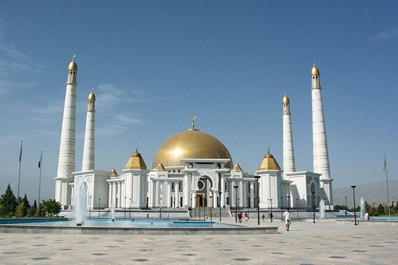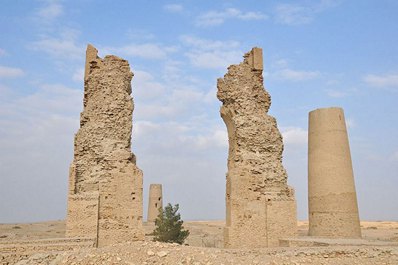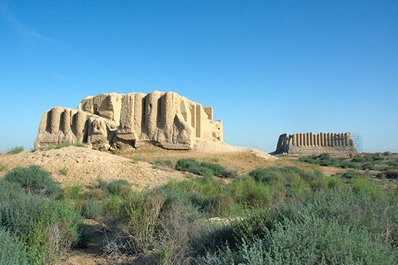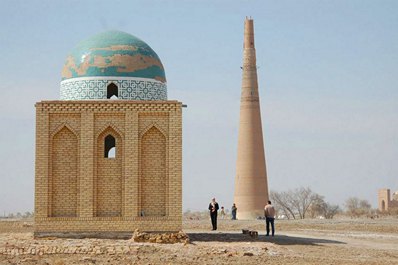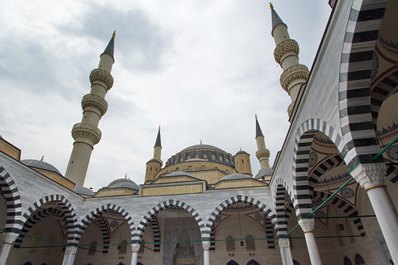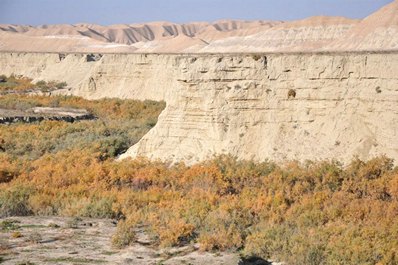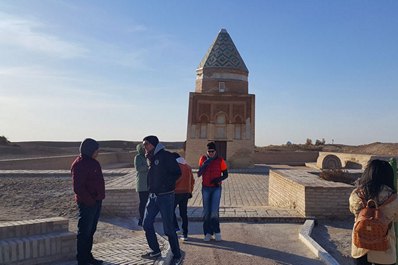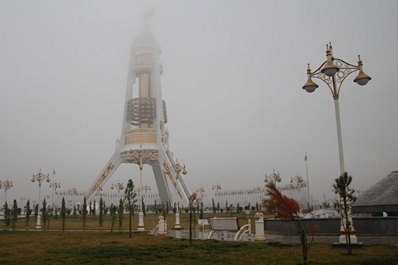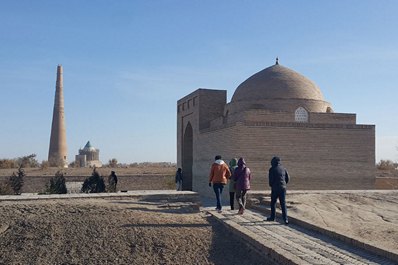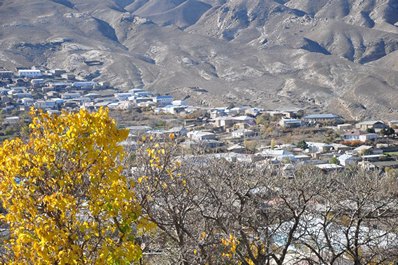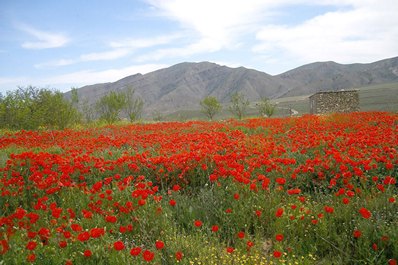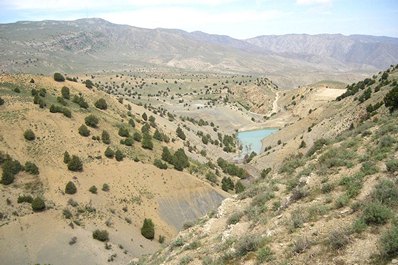Best Time to Visit Turkmenistan
In terms of climate and weather, Turkmenistan is a country of extremes. Its summers are some of the hottest in Central Asia, resulting from it being largely desert and mostly at sea level. The extreme heat of summer contrasts with bitterly cold winters, despite mild and temperate springs and autumns. As the country is relatively flat and arid, there is little to impact the climate and the seasons in Turkmenistan tend to be fairly consistent from year to year.
Summer in Turkmenistan is brutally hot, with temperatures occasionally exceeding 50°C. This is not the best time to visit Turkmenistan, with much of the country not suitable for tourists to explore comfortably. The treeless desert provides no shelter from the baking hot sun and, after a few hours the temperature will be unbearable, if not dangerous. However, the areas around the Caspian Sea tend to be cooler than inland areas and can be visited in summer. In fact, there are plenty of resorts dotted along the coast where you can enjoy an array of water activities. This is also the only part of the country that will experience rainfall in summer, albeit a rare occurrence.
Alternatively, you can head up into Turkmenistan’s mountains, where the less-severe temperatures will allow trekking in mornings and evenings. In addition, with melons one of the country’s most important products, a new holiday was created recently to celebrate a special kind of melon grown in Turkmenistan. Various events and festivities take place on the second Sunday in August to celebrate the beloved muskmelon.
Autumn in Turkmenistan is one of the best times to visit, before the cold of winter sets in. During autumn, the heat lets up and visiting the desert becomes feasible. During this time, you can visit the ancient ruins of Merv, which are located in the middle of the desert. One of the highlights of early autumn is camping out in the desert overnight, a unique experience where you’ll feel close to nature and a different way of life. However, beware that temperatures drop significantly at night and you’ll need to pile on the layers to keep warm. Another interesting activity is a homestay in a remote village, where you can experience the way of life in rural Turkmenistan. Autumn is also a great time to visit the mountains in the south of the country, where you can enjoy beautiful hikes while the surrounding nature changes from vibrant greens to warm, autumnal colours.
Winter in Turkmenistan sees the arrival of bitterly cold Siberian winds that bring the temperatures crashing down, with lows of -20°C not being uncommon. As in summer, this causes much of the country to be effectively off-limits to tourists. The desert provides no protection against the cold and travelling around can be difficult, although there is very little snowfall in the country. However, in winter, it is still possible to visit the futuristic capital of Ashgabat to discover its surreal architecture. On milder days it may also be possible to visit sites close to the main cities. In the southern mountains that border Iran, there is even a ski resort, but this frequently suffers from a lack of snow. The areas along the Caspian Sea remain somewhat temperate and can also easily be visited in winter, although the water is too cold for swimming.
Spring in Turkmenistan is also a good time to visit. As winter transitions into spring, the country once again opens up as the biting cold gives way to pleasant, warm days. In fact, spring may be the best time to visit Turkmenistan. On 21 March, the country celebrates the Persian New Year and plenty of festivities and celebrations are held throughout the country. The desert also becomes hospitable at this time of year, with travelling large distances much easier. This makes it possible to visit the many interesting sites in desert areas or to camp out in the wilderness. During spring the desert, for a few fleeting moments, erupts with colour as flowers bloom and vegetation grows. In the Kopet Dag mountain range, spring is a wonderful time to trek with lush, green vegetation reappearing after the cold winter and temperatures remaining more temperate for longer than in the flatter regions of the country where spring comes and goes quickly.


